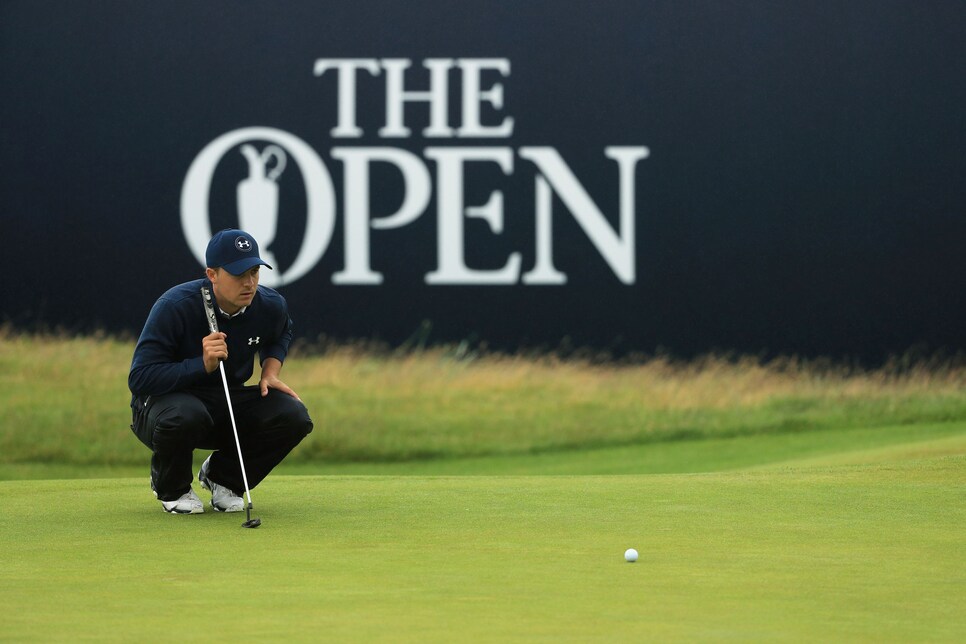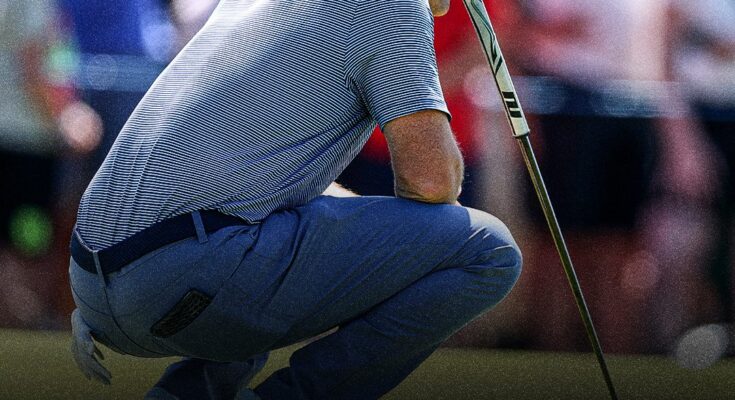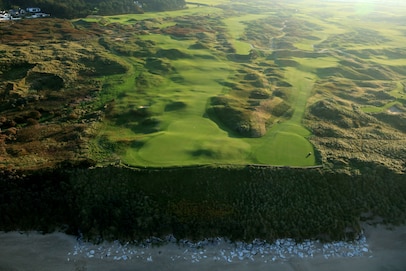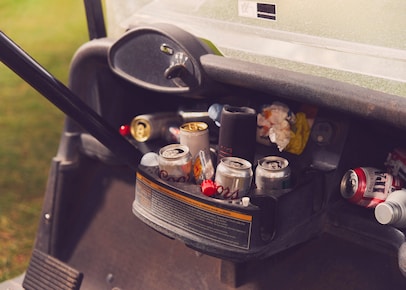The wind is always a fascinating talking point during British Open week. It throws pros outside their ordinarily comfortable confines and forces them to get creative. For a couple of weeks a year, they’re not throwing darts at a dartboard. They navigate truly navigating the dartboard itself.
We all know by this point that the wind affects your ball in the air. But what about on the ground? Forget about full shots; how does wind alter the way players putt during Open week?
The adjustments players have to make on the greens are more subtle than on the fairway, but look closely and you’ll see them. You may even learn more about putting.
Yes, the wind does affect the ball on the green, but it depends on the overall speed of the greens.
“The stimp on the greens is the big factor,” says Bill Smittle, a putting coach and Golf Digest Best in State teacher. “A slower green would provide more friction and wind would influence it less; more on fast greens.”
Mike Ehrmann/Getty Images
It’s why during Open week, the R&A keeps the greens much slower than typical major championship—or even regular PGA Tour event—standards. They usually roll around 10 on the Stimpmeter (compared to 15 at Oakmont), and sometimes even slower. When O’Meara won the 1998 Open at Royal Birkdale, they needed to delay play. The greens were cut too short, and the wind was blowing balls off greens. The 2015 Open at St. Andrews experienced similar issues.
But these slower green speeds present their own challenges.
The longer grass length means players have to hit putts harder than they ordinarily would, and with less break than they usually would.
It’s why you’ll often see players make subtle equipment tweaks to deal with these slower-than-average green speeds. Tiger Woods used to add a strip of lead tape to his putter to increase the smash factor of his putter. Justin Rose switched to a putter with more toe hang en route to his runner-up finish at Royal Troon last year because he said it helped him keep the putter face square during the bigger strokes he was making on these slower greens.
But even though the greens being longer and slower reduce the effect of the wind on the golf ball, it does still play a role.
The wind plays the biggest role at the very end of the putt, when the ball is rolling the slowest.
When the wind does blow, Smittle says it’s going to exacerbate the slope it’s rolling on at the time the wind blows. And again, how much depends on the overall speed of the greens.
“I think of it like grain,” Smittle says. “It will affect the ball the most when it’s moving slower, and in the direction it’s already moving.”
Finally, it’s important to note that the the wind doesn’t just affect the golf ball. It can affect the golfer.
Wind cause golfers to make technical adjustments without realizing they’re making them. Mainly, that the wind can make golfers feel unbalanced over the ball, which can cause them to push or pull putts as they attempt to balance themselves during their stroke. It’s why many golfers adopt a slightly wider stance during Open weeks for a more stable base and compensate by choking down slightly on their putter.
Again, subtle adjusments, but putting itself is a subtle skill. Knowing how to make the right ones from tee-to-green is the art of links golf.









